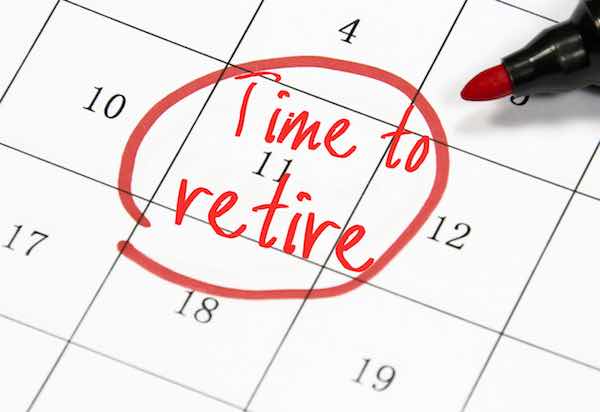Surprise! Do you know that lump sum payment you get at retirement for unused annual leave? The government wants to take back 40%-ish of it. But there are some things you can do to keep a bigger slice.
The Problem
I recently got this question from a reader/viewer:
Hi, I just had a friend retire and she said she was taxed 40% on her annual leave check! She had 440 hours of annual leave. What is the best thing to do so you can get more of your money?
I’ve got good and bad news.
Bad News: 40% for taxes on your friend’s annual leave check was not a mistake. I’ll discuss why it is so high below.
Good News: There are a couple of strategies that you can do to lower the taxes you owe on your annual leave lump sum.
Why So High?
So why are they taking 40%?
These are all the types of taxes that need to be paid from your annual leave lump sum:
- Federal Income Tax (Varies by income)
- State Income Tax (Varies by income and state)
- Social Security Tax (6.2%)
- Medicare Tax (1.45%)
If someone is a high earner and lives in a high-tax state (like California, New York, etc.), then all these taxes could easily add up to 40%.
For example, a single person with a salary of $150,000 would have the following taxes (estimated) if he lived in California and retired near the end of the year.
- Federal Income Tax (24%)
- State Income Tax (9.3%)
- Social Security Tax (6.2%)
- Medicare Tax (1.45%)
Total Tax: 40.95%
How to Reduce the Tax
There are two common strategies for reducing the taxes owed on your annual leave lump sum payment.
1. Retire December 31
If you retire on December 31, then your annual leave lump sum would be paid out in the following tax year (sometime in January) as it takes a pay period or two for it to get to you, and since you received the lump sum check in the next year, you will be taxed on it in the next year.
If you are in a lower tax bracket in the year after you retire, you would owe less taxes on your lump sum.
Note: If you are in the same tax bracket in retirement as you are while working, then this strategy won’t do anything for you. If you are in a higher tax bracket the year after you retire than while working, then this strategy would backfire on you.
2. Retire Nov 30 (If Higher Earner)
If you are a higher earner (you make more than $168,600/year), then this next strategy could work for you.
If you make more than $168,600/year, you probably already know that your net pay goes up in the last few months of the year. You don’t have to pay Social Security taxes on earnings above $168,600/year.
For example, if your salary is $180,000/year, you’d probably hit $168,600 in earnings for the year in November or December. Once you hit $168,600, they stop withholding the 6.2% for Social Security until the new year when it restarts.
Long Story Short: If you are a high earner and have already hit the $168,600 of earnings, then retiring on November 30 would mean your annual leave lump sum should be paid in the same tax year, which means you wouldn’t owe the 6.2% Social Security tax on the lump sum.
Note: If you will be in about the same tax bracket in retirement as you were while working then this second strategy could make a ton of sense. If you will be in a significantly lower tax bracket (a tax bracket difference of more than 6.2%) in retirement, you may be better off using the first strategy instead.
Pay Your Dues
We all have a love/hate relationship with taxes. We hate paying them, but we often love the programs/infrastructure that they provide, not to mention that taxes fund the salaries of all federal employees. 🙂
My Summary Would Be: Pay the taxes that you owe without leaving a tip, AKA reduce taxes as much as you legally can.
Educating yourself on how things work is a great step toward maximizing your money.



